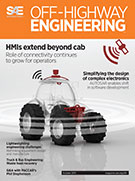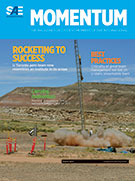Training / Education
Managing Energy Data: Advanced Analytics
Anytime
Introduction to Managing Energy Data: The Internet of Things (IoT) revolution (eg. the vast spread of smart meters worldwide) is generating massive amounts of energy data, drastically transforming the sector and current energy systems. This digital transformation gives rise to more intelligent ways of managing energy and brings about opportunities for energy companies to improve their business models and services. This course contains a brief introduction to the topics presented in the course, from smart meters and smart metering data to data science.













